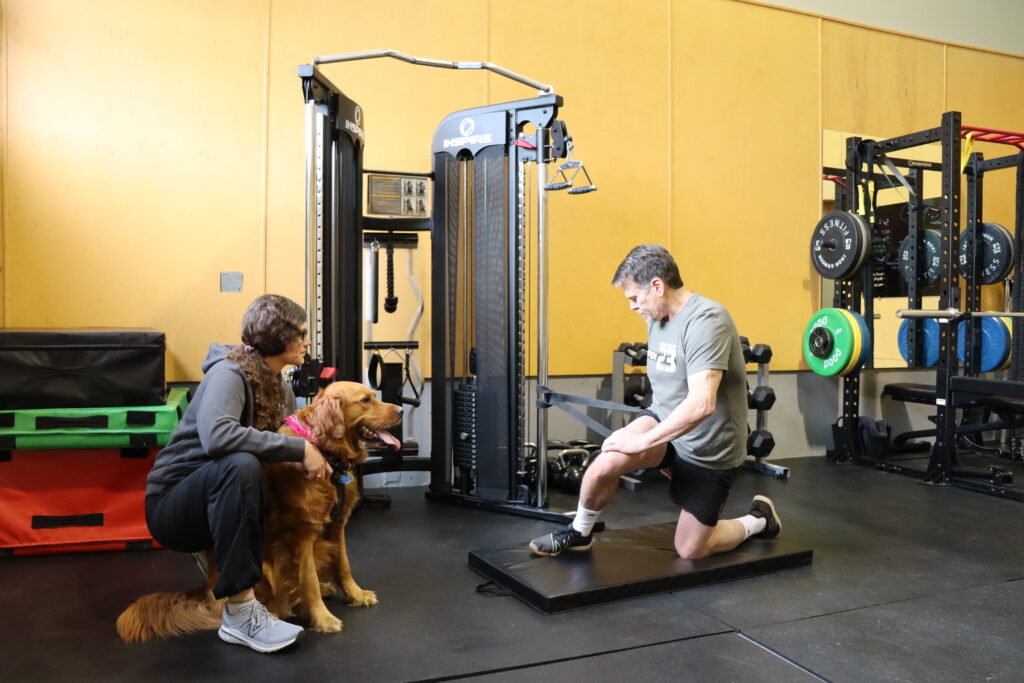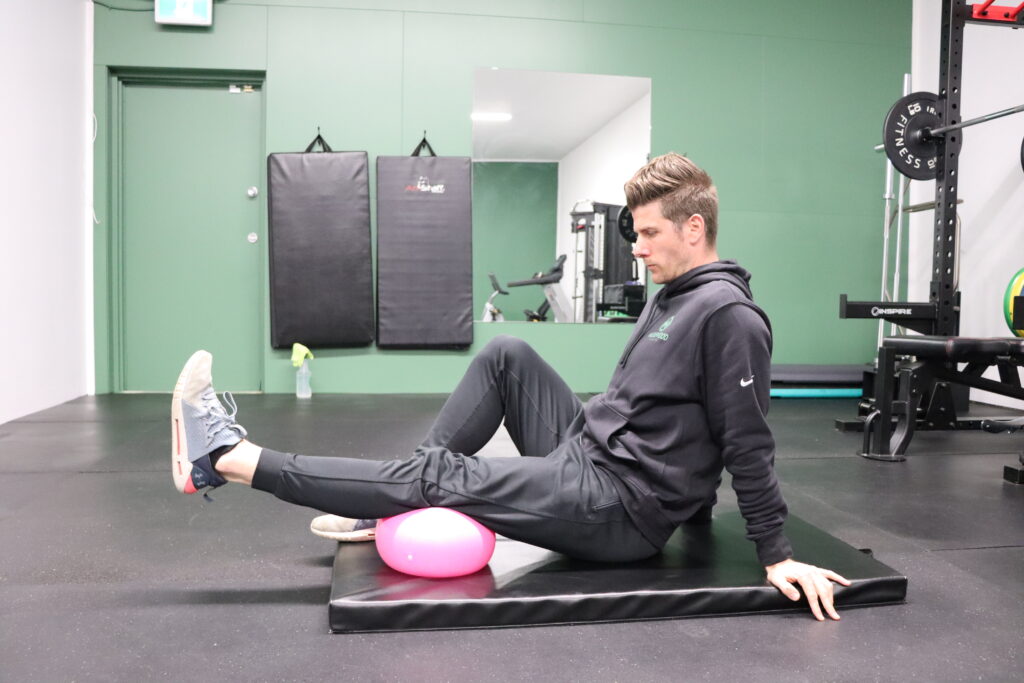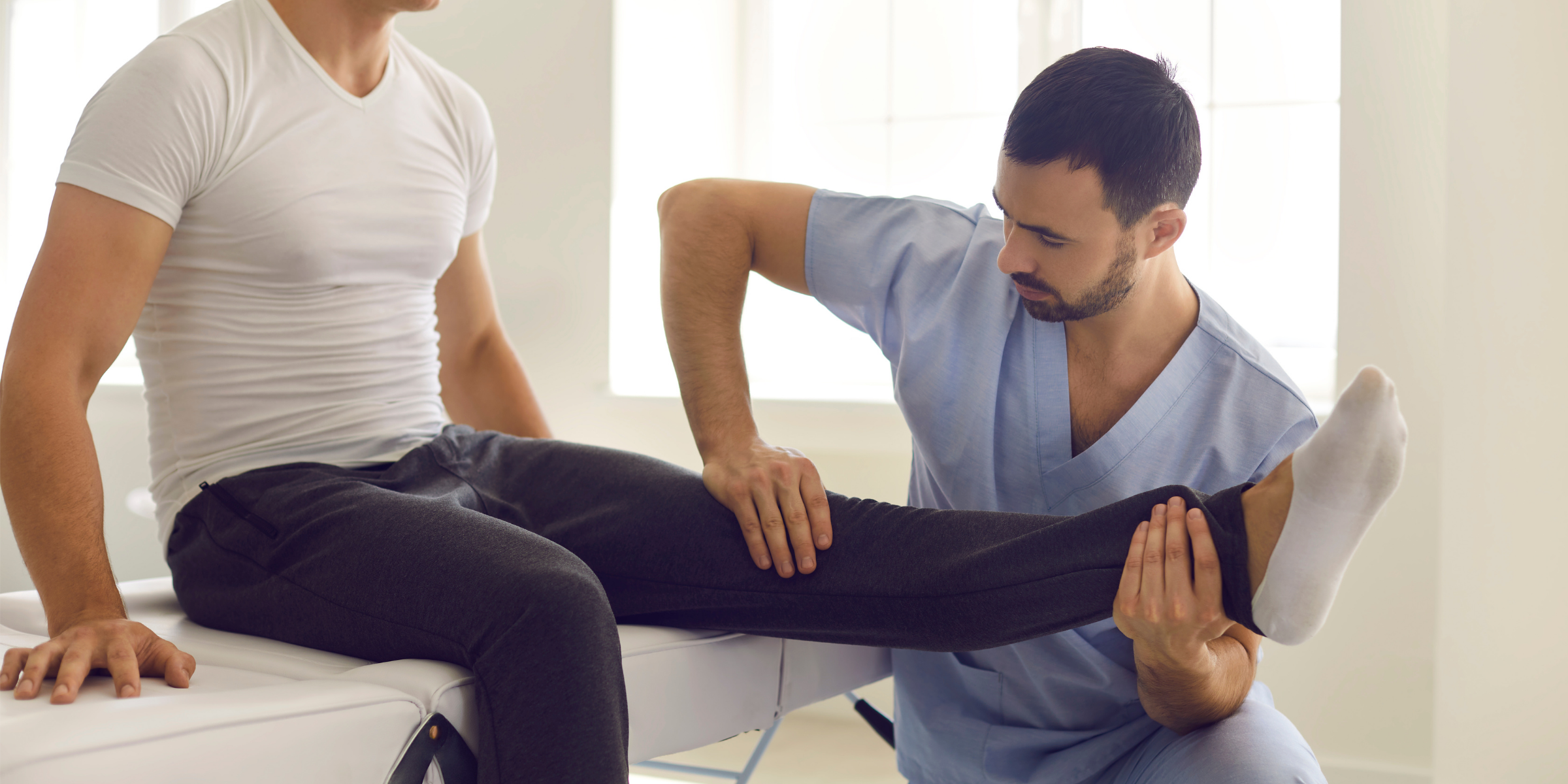“My knee hurts when I start exercising but gets easier as I go! What does that mean and how do I fix it?”
There are many people that struggle with knee pain, but they don’t have to.
The knee can have various structures that result in a person experiencing pain and prevents them from doing the things they really want to. Damage or dysfunction to tendons, ligaments, joints, cartilage, meniscus, etc. can be the culprit of the pain.

One of the most common forms of knee pain is patellar tendinopathy. This usually occurs when too much stress is placed on the tendon which results in changes in the structure and causes the tendon to become reactive, and ultimately in a state of disrepair. Remember that stress on the tendon is good, but too much stress too soon leads to negative tendon adaptation which results in tendinopathy.
Classic tendinopathy symptoms include gradual onset of pain over a few days/weeks. You also have initial pain when starting the activity, but then usually the pain subsides as the tendon has had time to warm up. Once the activity is finished the pain then returns after 24 hours. It is also important to note that when experiencing patellar tendinopathy, you are able to “point to the pain”, and the pain is not a diffused pain.
There are a few clinical tests that can be done to assess whether a person is in fact struggling with patellar tendinopathy. During the assessment, we will also be able to discover the reason why your tendon has changed to a state of tendinopathy and a plan is then put together to fix the cause.
So, what can be done to fix patellar tendinopathy?

Once the assessment is complete, we decide whether the tendon needs a management-based approach, or whether it needs a rehab-based approach.
Tendons require being loaded to increase their capacity. We have various strategies to load a tendon correctly to ensure that the tendon doesn’t flair up, which delays the rehab. Progressive loading is crucial, and the overload principles need to be well understood to get this right without flair ups. Since every person is different and unique, it can take some time to find a person’s “sweet spot” of training intensity to ensure they are in the correct envelope of function.
If you think you have patellar tendinopathy and need some guidance in how to manage or rehab it, call us to set up a booking or email admin@wildewoodhealth.com for more info.






